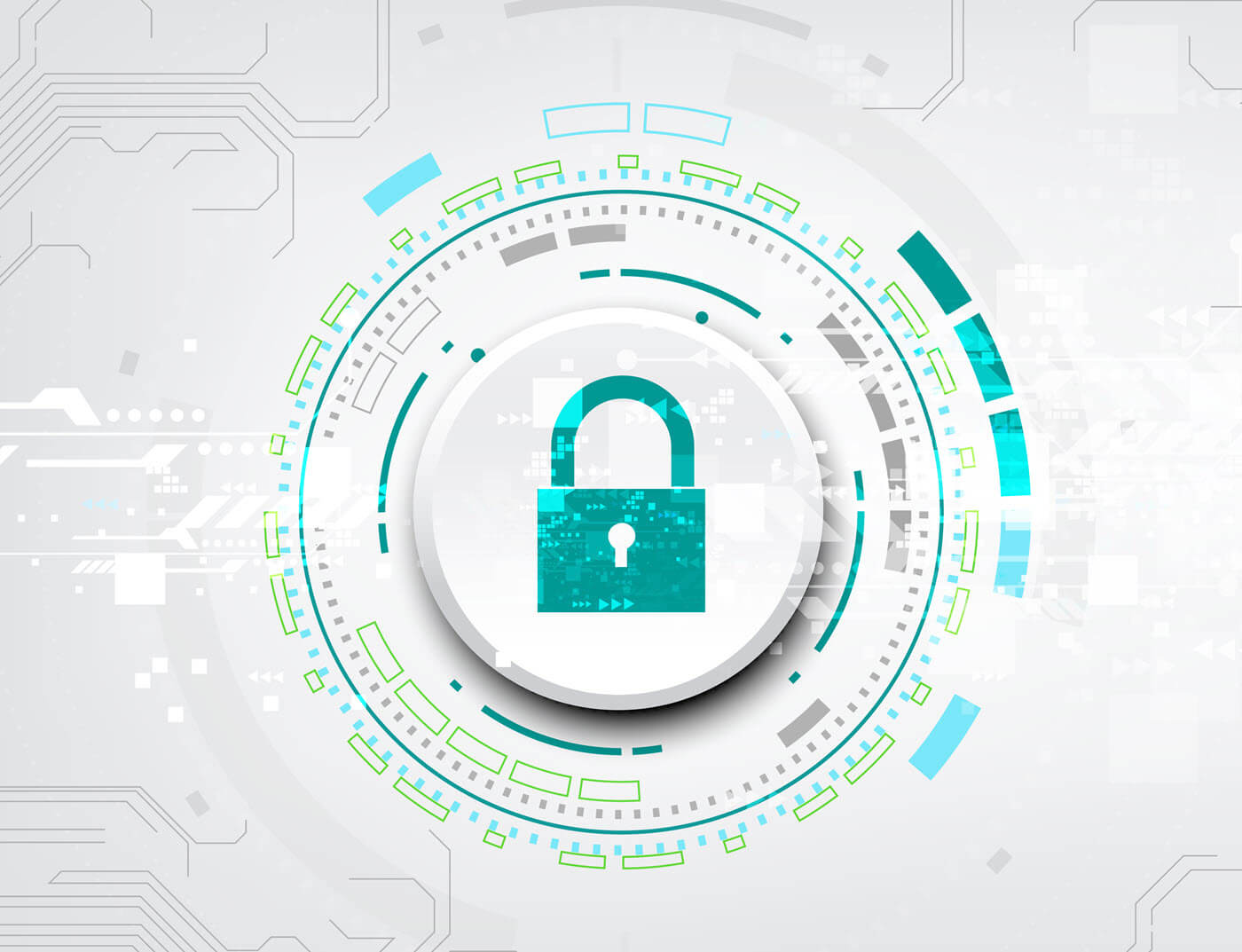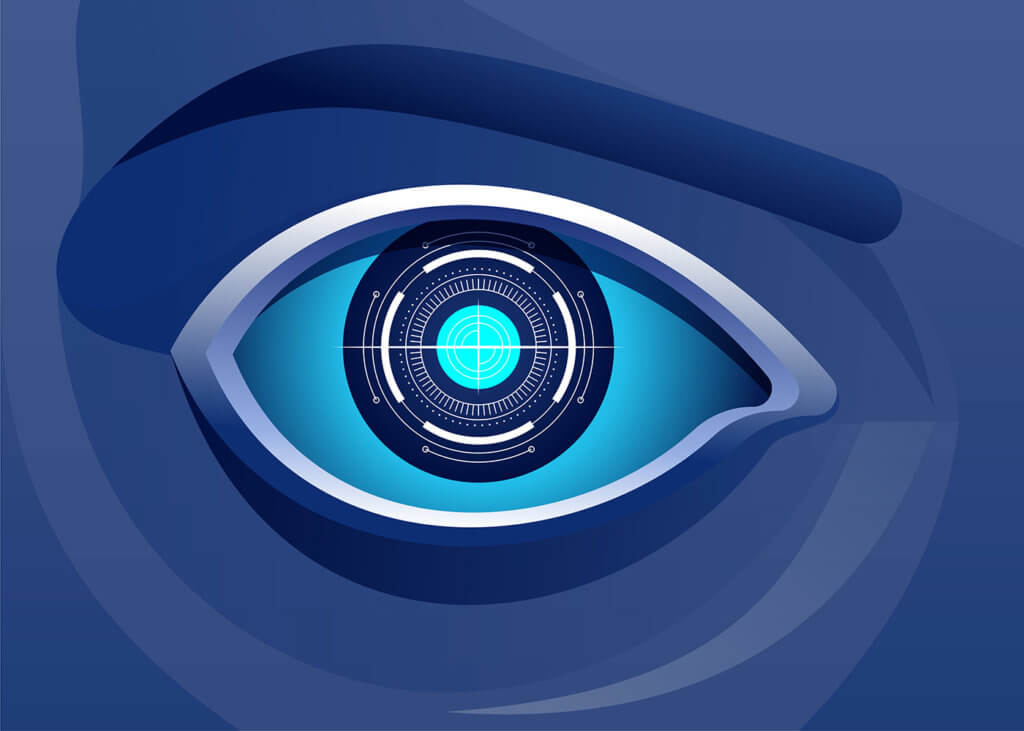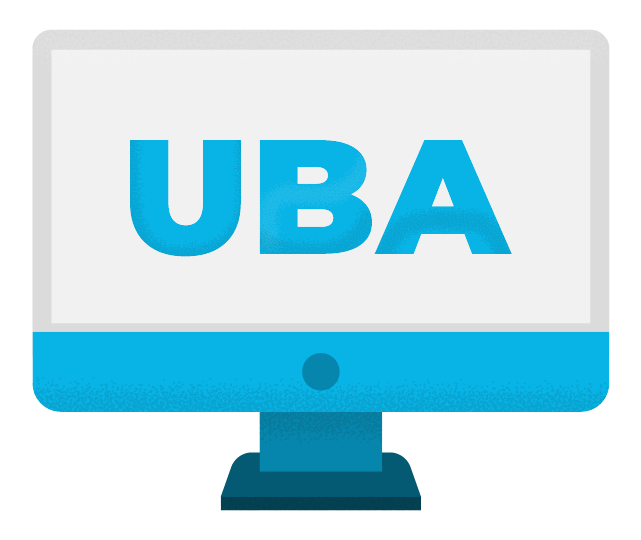10 Software Tools For Protecting Sensitive Data
Keeping sensitive data is often a legal requirement for any sized business. Of course, the type of necessary security protections will depend on the type of data being protected, which may require that businesses maintain PCI compliance, SOX compliance, or compliance regulations under GDPR and CCPA.
There is also a range of solutions that a business could employ to protect sensitive data and which also abide by stringent data security controls. And given the rise of data breaches and insider attacks, businesses and organizations need to consider employing multiple security solutions.

1. Data Discovery and Classification Software
One major aspect of data protection is in data classification and discovery. A data classification tool will be able to scan your data repositories to sort and label data types that are important or deemed important based on industry standards of data privacy, such as PCI DSS data, IP, and GDPR data.
The sorting and labelling software gives the data a unique digital signature that is dependent on its classification so that you can focus data security resources around these hubs. Mixed with other protective software, sensitive data discovery and classification software can give your team an extreme amount of insight into the location, protection, and movement of sensitive data files.
2. Firewall
Firewall is often a computer and network’s first line of defense. Firewall protects undesired traffic, including viruses, from accessing your computer network. Firewalls can also protect accessible ports, limiting the attack surface that a malicious hacker can have if they manage to breach your company firewall.
You should consider both software and hardware firewall solutions, especially around protected data. Firewall comes standard on Mac operating systems and Windows operating systems, but businesses can purchase their own, enterprise firewall as well.
3. Backup and Recovery Systems
A backup and recovery solution is necessary so that a business can recover data files and get back to operating standards if a data breach occurs. Usually, the backup files should remain hidden and encrypted, but your head of IT or system administrator should be able to quickly access them once they are needed.
Backups should be performed regularly, and recovery plans should be documented, so individuals know the order of procedures. Backups are often native on Mac and Windows OS but can be performed by broader security software.
4. Antivirus and Anti-malware Software
Antivirus and anti-malware software is used widely in both personal and commercial use to stop, you guessed it, viruses and malware from infiltrating networks.
Since viruses and malware operate in unique ways, this software can target and detect malicious code to remove trojans, viruses, and rootkits that are attempting to steal, damage, or modify sensitive data.
5. Employee Monitoring Software

Employee monitoring software is software designed to monitor employee productivity, common user behaviors, and detect insider threats. Employee monitoring software can track employee activity secretly on a given computer and alert system administrators through the main admin console that certain behaviors occur.
Tracked behaviors include users accessing restricted locations on a network or computer, unusual behaviors for that employee or job type, unusual sign-ons, and suspicious behavior that can be identified through keystroke logging software. This monitoring software can also be useful for remote workforce monitoring.
6. Intrusion Detection and Prevention Systems (IDS/IPS)
Intrusion and detection systems (IDS) and intrusion prevention systems (IPS) are deep packet inspection software that monitor network traffic and log suspicious activity. These software types can be easily configured to evaluate system event logs, monitor network activity, look for suspicious activity, and issue alerts.
The settings are usually configured based on the IDS/IPS administrator who sets the settings. Usually, there is an analytical step between receiving an alert and doing something about it.
Data loss prevention software can stop a hacker from using exploits or malware to access file servers.
7. Security Information and Event Management (SIEM)
Security information and event management (SIEM) provides real-time analysis of security logs. These systems might record network dives, software, and servers to aggregate and correlate triggered events.
SIEM is valuable software to have in your toolkit, especially when it comes to being alerted to data security events.
8. Data Loss Prevention (DLP)
Data loss prevention tools keep an eye on servers, networks, and workstations to ensure that sensitive information is not removed, modified, copied, or moved. It might also record the person performing the action so there is greater insight into the alert.
On top of that, DLP solutions work to keep your business compliant against industry security standards through auditing support, anomalies, reporting incident responses, and alerting admin to areas of weaknesses.
9. User and Entity Behavior Analytics (UEBA)

User and Entity Behavior Analytics (also referred to as User Behavior Analytics; UBA) is a comprehensive monitoring tool that records computer activity and develops user behavioral trends. These trends act as a baseline to alert management to potential anomalous behavior on company workstations.
UEBAs use machine learning to do this. It records and learns normal user activity to create patterns. It then compares these normal behavior patterns against ongoing user activity. If a user suddenly does something abnormal or deviates from their normal tasks, then the system administrator is alerted to the anomaly and it is flagged as a potential security incident.
When integrated into a SIEM system, UEBAs can be used for insider threat detection because it can detect when a user is acting odd. Odd behaviors may indicate that they are doing something fishy, are acting maliciously against the company, or if their computer has been compromised.
10. Network Security Solutions
In addition to these security tools, organizations should strongly consider a range of network security solutions. From access controls to cloud security, the protections on sensitive data might vary depending on how the business operates.
Businesses should also regularly perform audits to ensure that the data is continually being protected and perform penetration testing to identify vulnerabilities. Other best practices like data encryption software, multi-factor authentication, regular password change, and physical security on-site should also be employed.
Protecting sensitive data should be a primary goal for any type of business. If you’re concerned about data protection, consider network security protections and then using third parties to handle and store the sensitive data so it abides by PCI SSD standards and GDPR compliance.
By SoftActivity Team